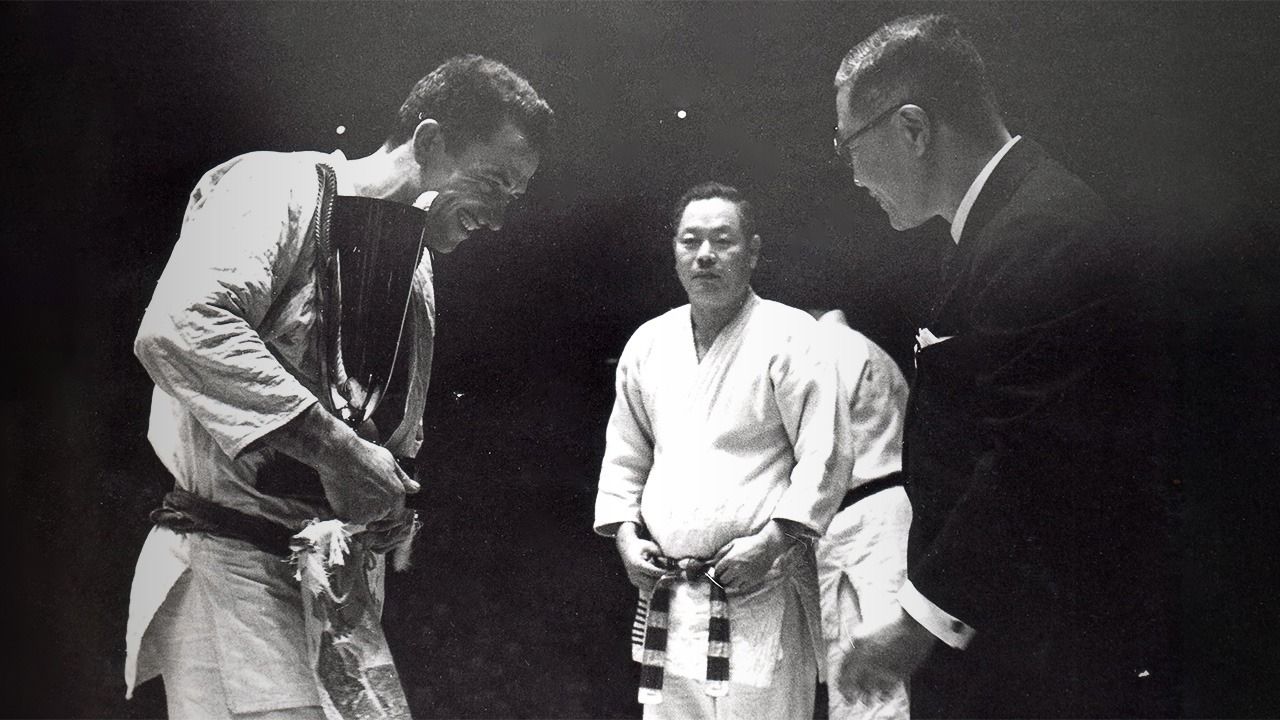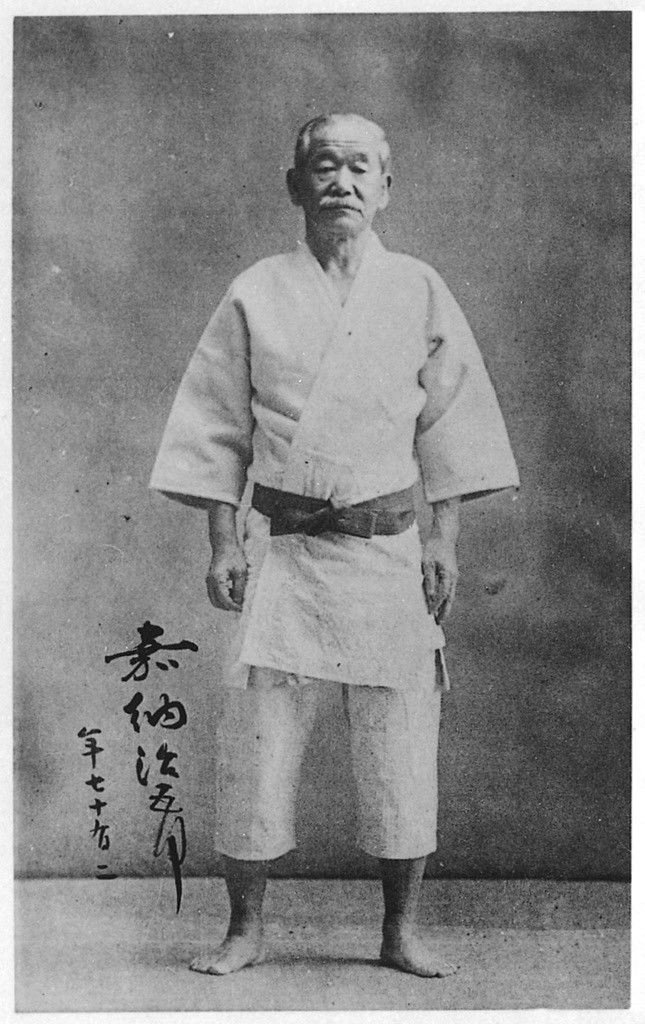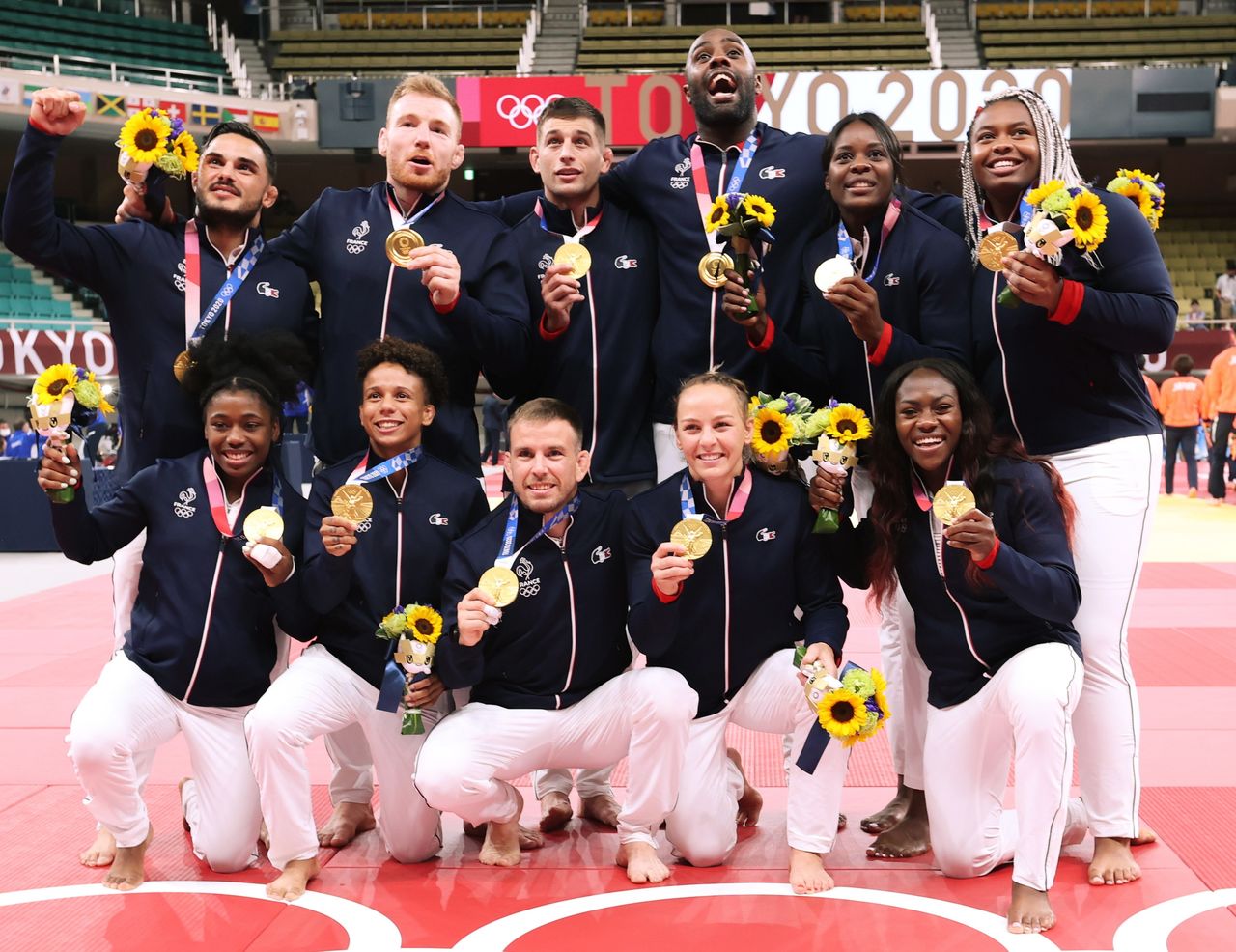
The Seeds of Jūdō in France: Kawaishi Mikinosuke’s Enduring Legacy
Sports- English
- 日本語
- 简体字
- 繁體字
- Français
- Español
- العربية
- Русский
A New Approach to Jūdō
Almost a century ago, the Japanese jūdōka Kawaishi Mikinosuke helped introduce jūdō in Europe, where it has flourished. Shunning tradition, he developed an innovative teaching approach—the Kawaishi Method—that made the techniques and other aspects of the defensive art accessible to Western learners. His influence was felt particularly in France, where he is revered as the father of French jūdō. Below I look at Kawaishi’s legacy and the martial art’s development into an international sport.
Born in rural Hyōgo Prefecture in 1899, Kawaishi devoted himself to jūdō from a young age. After graduating from Waseda University, he spent a brief stint with the Tokyo municipal government before travelling to the United States to study. While there, he embarked on a career as a jūdō instructor, an endeavor that took him to South America and eventually Europe via Britain. He arrived in France in 1935 and made his way to Paris, where he established a jūdō club and taught the martial art to locals.
Kawaishi felt that if jūdō were merely transplanted in its traditional form, it would struggle to take root overseas. This led him to develop a teaching method suited to non-Japanese that included replacing the Japanese names for techniques set by the sport’s governing body Kōdōkan with numbered equivalents in French that were more intuitive and easier for French learners to remember, such as “leg-throw 1” for ōsotogari and “shoulder-throw 2” for seoinage. He also emphasized advancement among his students by devising a belt-ranking system consisting of seven colors, from white through yellow, orange, green, blue, brown, and black, in a contrast with the simple white and black belts used in Japan.
Summarizing his unconventional approach, Kawaishi famously declared, “Jūdō is like wheat or rice. It must be adapted to each region.” His success in helping establish jūdō in France and elsewhere stems from his courage to diverge from tradition and present the ideas of the martial art in a way that Europeans could relate to.
The Birth of an International Sport
During World War II, Kawaishi remained in German-occupied France, but was forced by circumstances to curtail his teaching activities. As the conflict drew to a close, he feared that as a Japanese citizen he would be arrested by the advancing Allied forces and fled Paris for Berlin, where he remained for a time before following a circuitous route back to Japan through Siberia and Manchuria.
In Kawaishi’s absence, his French pupils continued to train and propagate jūdō as instructors. Kawaishi returned to Paris in 1948 and resumed his teaching and other activities. Not long after, Kōdōkan began sending its own instructors to France, leading to friction with followers of the Kawaishi method, which Kōdōkan considered to be a simplified version of the traditional form of the martial art.
Adding to the division, Kawaishi began charging his students high monthly fees to enable his instructors to make a living teaching jūdō, to which Kōdōkan responded by emphasizing the amateur status of its athletes. These and other factors led the French Jūdō Federation, founded in 1946, to split into Kōdōkan and Kawaishi factions.
The founding of the International Judo Federation in 1951 for the first time brought the disparate federations from around the world together under one governing body. In France, the Kawaishi and Kōdōkan factions merged in 1956 under a new organization that encompassed other martial arts, such as kendō. A few years after, Kawaishi stepped down from his leadership role, but his efforts had already helped transform jūdō into an international sport practiced by millions around the world. In 1964, jūdō made its debut as an official Olympic sport at the Tokyo Games.
The Spirit of Jūdō
Jūdō arose as an art of self-defense, but its popularity in France and elsewhere can be attributed to its philosophy, expressed by founder Kanō Jigorō as the concepts of seiryoku zenyō (精力善用, maximum efficiency) and jita kyōei (自他共栄, mutual benefit). The idea that through jūdō people can improve themselves, on the mat as well as in everyday life, and also serve society at large struck a chord with practitioners in France and elsewhere, leading them to fervently embrace jūdō’s spiritual tenets.

Jūdō’s founder, Kanō Jigorō. (Courtesy the National Diet Library/Kyōdō Images)
Another core aspect of jūdō is its stress on the flexibility of both mind and body. This was illustrated in a demonstration Kawaishi gave in France before the war involving the Japanese ambassador to France, Sugimura Yōtarō. An accomplished jūdōka, Sugimura had boarded at a school run by Kanō and served as captain of the jūdō club at the Tokyo Imperial University (now Tokyo University).
Following the demonstration, Sugimura spoke with leading French newspaper Le Figaro, saying presciently that “flexibility is more valuable than strength. Flexibility is needed in all things and is the basic condition for preserving peace.” As a diplomat, he believed that the pliancy core to jūdō could contribute to world peace. He felt that even in times of military conflict, hope remained that hostilities could be quelled and peace restored if both sides shunned rigid stances and remained open to working out a concord through dialogue rather than violence.
In Line with the Olympic Spirit
The philosophy of jūdō also resonated with the ideals of the French nobleman Pierre de Coubertin (1863–1937), the founder of the modern Olympics. Coubertin believed in the educational value of sports, an idea he forged while travelling through Britain following France’s defeat in the Franco-Prussian War. The conflict had devastated the country and cast a pall over society. But in Britain, Coubertin saw the positive impact sports at public schools had on pupils. Coubertin was fascinated by the way British students engaged in sports, creating and enforcing their own rules while treating their opponents with respect, skills that would serve them as adults in society.
The experience convinced him of the power of sports education to inspire the young people of France. More broadly, though, he came to see sports as a means of fostering understanding across cultures and for promoting peace, an idea that became fundamental to the philosophy of the Olympic Games.
Coubertin was impressed with Kanō, and in 1909 he reached out to jūdō’s founder through the French embassy in Japan to invite him to become the first Japanese member of the International Olympic Committee. As sitting president of the Tokyo Higher Normal School, Kanō shared Coubertin’s view of the value of sports in education. Upon joining the IOC, Kanō in his letter of intent stated that just as the ancient Olympics helped to shape the spirit of the Greek people, the modern Olympics “harmonize the hearts and minds of nations around the world, contributing to the advancement of global civilization and the preservation of peace.” Kanō also supported Coubertin’s calls for nations to observe the ancient custom of the Olympic Truce during the sacred games to promote global peace and friendship through sports.
An Ongoing Need for Peace
Today, France boasts over 500,000 practitioners of jūdō, far above the number in Japan. The French Jūdō Federation website proudly displays the martial art’s moral code, consisting of the eight values of politeness, courage, sincerity, honor, modesty, respect, self-control, and friendship. These ideals call on jūdōka to respect their opponents and others, to never be conceited, to control their emotions, and to act with dignity and justice—principles also contained in the Olympic spirit of fair play. The philosophy of jūdō raises the sport beyond a simple pastime pursued for pleasure. Recognizing its value, the French people have taken jūdō and the ideas it promotes to heart.

France celebrates its gold-medal win over Japan in the team competition at the Tokyo Olympics in 2021. (© Jiji)
Kawaishi passed away in Paris on January 30, 1969. Several years after his death, the French Jūdō Federation, in recognition of his achievements and out of gratitude for his contributions to the sport, bestowed on him the highest rank of tenth dan.
Amid the ongoing conflicts in Ukraine and Gaza, the return of the Olympics to Coubertin’s home of Paris is an opportunity to revisit Kawaishi’s legacy and for humankind to reflect on the messages of peace contained in the spirit of the Olympic games and philosophy of jūdō.
(Originally published in Japanese. Banner photo: Kawaishi Mikinosuke (center) looks toward his student, French jūdōka Jean de Herdt, as he receives the trophy for winning the open class of the 1951 European Jūdō Championships. Courtesy Wikimedia Commons.)
